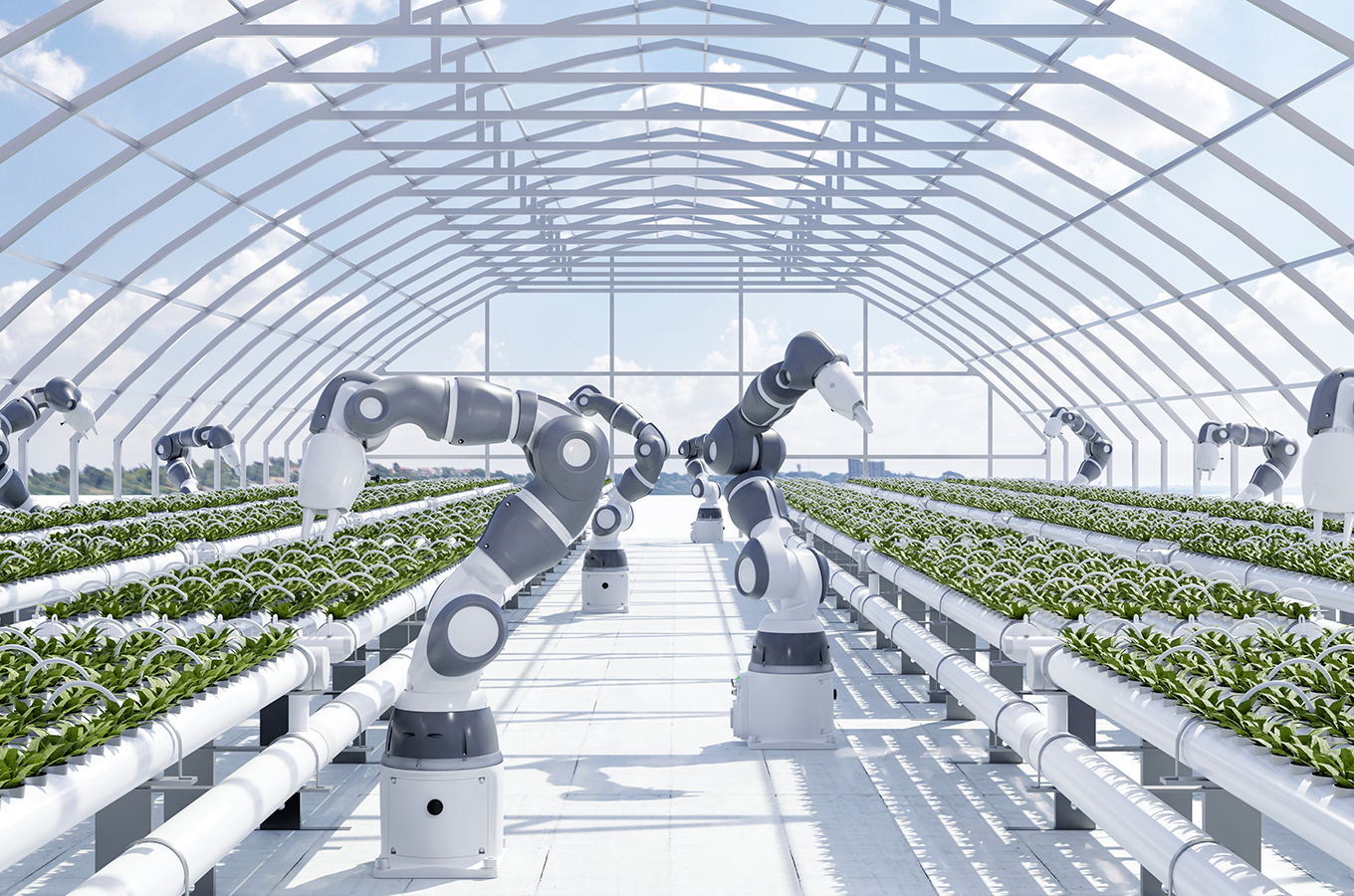
AgTech Aspires to Reduce Billions in Greenhouse Gas Outputs
- foodfightadmin
- September 9, 2023
- Advocacy, Agriculture
- resources feature top_three_two, rsc pages, rscl
- 0 Comments
ITHACA, N.Y. – As the stakes of the climate crisis intensify with global population growth, the world’s food system is projected to increase greenhouse gas emissions. However, a breakthrough study suggests that with the appropriate application of innovative agricultural technology and sound management methods, the march towards escalating greenhouse emissions can not only be halted but also reversed.
This landmark research, published in PLOS Climate on September 6, postulates that the adoption of advanced agricultural technology could lead to an astounding 13 billion tons of net negative greenhouse gas emissions annually. These findings are critical in the quest to sidestep perilous climate extremes.
Leading the study were Benjamin Z. Houlton, the Ronald P. Lynch Dean of the College of Agriculture and Life Sciences at Cornell University, and Maya Almaraz, an associate research scholar at Princeton University. They highlighted the potential of the food system as an instrumental tool in the global fight against climate change.
The world’s food system accounts annually for between 21% and 37% of planetary greenhouse gas emissions. Without necessary interventions, these figures could grow to 50% to 80% by 2050, driven by a projected global population close to 10 billion.
Although changing global diets have been cited in past research as a means of reducing greenhouse gas emissions from the food sector, the new study spearheaded by Houlton and Almaraz suggests much greater reductions could be achieved.
The researchers found that even if the global population shifted to a “flexitarian” diet (promoted by EAT-Lancet Commission for being nutritious, healthy, and sustainable) by 2050, the estimated gross reduction of greenhouse gas emissions would be 8.2 billion metric tons, which falls significantly short of the desired goal of net negative emissions.
This ground-breaking research explored the simultaneous impact of both dietary changes and agricultural technology on potential emission reductions. Among other options, carbon sequestration was analyzed. Their findings indicated that while a diet-centric approach had minimal impact on carbon sequestration, the influence of agricultural technology for achieving sector-wide negative emissions was considerably more potent.
The most promising strategies for slashing emissions, according to this new model, included enhancing soil modifications for crops, promoting agroforestry, advancing sustainable seafood harvesting practices, and encouraging the development of hydrogen-powered fertilizer production. Notably, adding silicate rock dust to croplands every five years could boost carbon sequestration by billions of metric tons annually.
Implementing agroforestry on uncultivated farmland could impound up to 10.3 billion metric tons of carbon each year. Meanwhile, cultivating and then deep-sea burying seaweed could capture up to 10.7 billion metric tons of CO2. Incorporating additives into livestock feed could slice methane emissions by 1.7 billion metric tons, and applying biochar to crop fields could lower nitrous oxide emissions by 2.3 billion metric tons.
This study underscores the need for localized, region-specific strategies. In New York, for instance, anaerobic digesters have transformed dairy farm waste into electricity since the mid-70s, helping to curb emissions and bolster water quality. This successful practice reveals the promising potential of a portfolio of locally effective solutions with global ramifications.
Houlton emphasized the urgency of relying on agricultural technology and innovative management techniques to achieve net negative emissions and mitigate the worst impacts of climate change, even if people also adopt healthier diets as recommended by EAT-Lancet.
The initial research was undertaken while Houlton served as the director of the University of California, Davis Institute of the Environment and Almaraz was a postdoctoral researcher at the World Wildlife Fund/National Center for Ecological Analysis and Synthesis at the University of California, Santa Barbara. Added to Houlton and Almaraz, the study ‘Model-Based Scenarios For Achieving Net Negative Emissions in the Food System’ included numerous co-authors from institutions across the world.








